- Hybrid Plants – A Blend of the Best
- Advantages of Hybrid Plants
- Disadvantages of Hybrid Plants
- Varieties – Celebrating Diversity in Plants
- The Advantages of Hybrid Plants for Gardeners
- 1. Increased Vigor
- 2. Disease Resistance
- 3. Improved Yield
- 4. Uniformity
- 5. Extended Shelf Life
- Growing Hybrid Plants – Tips and Techniques
- 1. Understand the Basics
- 2. Choose Quality Seeds
- 3. Provide the Right Growing Conditions
- 4. Practice Proper Plant Care
- 5. Support Your Plants
- 6. Be Mindful of Pollination
- The Benefits of Varieties for Gardening
- Selecting the Right Varieties for Your Garden
- 1. Consider Your Climate
- 2. Evaluate your Soil Type
- 3. Determine Available Space
- 4. Consider Your Personal Preferences
- 5. Seek Recommendations and Read Reviews
- 6. Experiment and Have Fun
- Hybrids vs. Varieties – Which is Right for You?
- Hybrids
- Varieties
- Conclusion
- “Question-Answer”
- What are hybrids and varieties?
- What are the advantages of growing hybrids?
- What are the advantages of growing varieties?
- Can varieties be resistant to diseases?
- Are hybrids genetically modified organisms (GMOs)?
- Which is better to grow, hybrids or varieties?
- Can hybrids and varieties cross-pollinate with each other?
- “Video” My MOST PRODUCTIVE TOMATO Varieties! [And 4 Varieties To Avoid]
When it comes to gardening and growing plants, it’s important to understand the difference between hybrids and varieties. While these two terms are often used interchangeably, they actually refer to different types of plants. Hybrids are created through crossbreeding two different plant species, while varieties are developed through selective breeding within the same species.
Hybrids are known for their unique characteristics, as they inherit traits from both parent plants. This can result in plants that have improved resistance to diseases, pests, and environmental conditions. Hybrids are often bred for specific purposes, such as increased yield, flavor, or color. They can offer a combination of traits that is not found in either parent plant.
Varieties, on the other hand, are the result of careful selection and breeding within the same species. They may have been developed for specific traits, such as disease resistance or early maturity. Varieties are often preferred by gardeners who value the stability and predictability of plants that have been cultivated for generations. They can provide consistent results and are often more adapted to local growing conditions.
It’s important to note that both hybrids and varieties can be excellent choices for your garden, depending on your specific needs and preferences. Hybrids are often favored by commercial growers who need crops with specific attributes. They can be a great option if you’re looking for plants with superior characteristics. On the other hand, varieties can be a more reliable choice for home gardeners who value traditional and time-tested plants.
Ultimately, the decision between hybrids and varieties will depend on your goals as a gardener. Consider factors such as your local climate, available space, desired traits, and personal preferences. Whether you choose hybrids or varieties, remember to give your plants the care and attention they need to thrive. Happy gardening!
Hybrid Plants – A Blend of the Best
Hybrid plants are a combination of different plant varieties, created through a controlled process known as crossbreeding. These plants are bred for their desirable traits, which can include disease resistance, high yields, improved flavor, or unique colors and shapes. Hybrid plants offer gardeners a range of benefits and are widely popular in modern agriculture.
Advantages of Hybrid Plants
- Increased Vigor: Hybrid plants often exhibit increased vigor, meaning they grow faster and stronger compared to their parent varieties. This can result in faster growth, quicker maturity, and overall higher productivity.
- Disease Resistance: Many hybrid plants are specifically bred to be resistant to common crop diseases. This reduces the need for chemical pesticides and allows for healthier and more successful crops.
- Uniformity: Hybrid plants tend to be more uniform in their growth, appearance, and fruit size. This is especially beneficial for commercial growers who require consistent crops for marketability.
- Higher Yields: Due to their increased vigor and disease resistance, hybrid plants often have higher yields compared to their parent varieties. This means more produce or flowers to enjoy or sell.
Disadvantages of Hybrid Plants
- Cost: Hybrid seeds are generally more expensive than open-pollinated or heirloom varieties. However, the increased productivity and other benefits often outweigh the initial cost.
- Seed Saving: Hybrid plants do not produce true-to-type seeds, meaning the seeds saved from hybrid plants will not grow into identical plants. This makes it necessary to purchase new hybrid seeds for each planting season.
- Genetic Diversity: Hybridization can lead to a decrease in genetic diversity within plant populations. This can be a concern in terms of long-term sustainability and adaptability in the face of changing environmental conditions.
Overall, hybrid plants offer many benefits and are a popular choice for gardeners and farmers who value increased productivity, disease resistance, and consistent quality. However, it is important to consider the potential disadvantages, such as higher cost and reduced genetic diversity, when deciding whether to grow hybrid plants. Ultimately, the choice between hybrids and other plant varieties depends on individual preferences and specific growing conditions.
Varieties – Celebrating Diversity in Plants
Varieties are an essential part of the plant world, celebrating the diversity that nature has to offer. These unique variations within a plant species can be found in countless shapes, sizes, colors, and flavors. They allow us to explore and appreciate the incredible range of possibilities that plants can offer.
1. Definition of Varieties
Varieties, also known as cultivars, are plants that have distinct characteristics different from their parent species. These variations can occur naturally or result from careful breeding and selection by humans. Unlike hybrids, varieties are stable and can reproduce true to their type through seeds or vegetative propagation.
2. Types of Varieties
There are several types of plant varieties:
- Heirlooms: These are open-pollinated varieties that have been grown for many years, often passed down through generations. They are known for their unique flavors, adaptability, and historical significance.
- Landraces: Landraces are traditional varieties that have been adapted to specific environmental conditions over time. They are often cultivated by local communities and are well-suited to their particular climates or soils.
- Commercial Varieties: These varieties are bred and selected for specific attributes, such as disease resistance, high yield, or uniformity. They are commonly used in modern agriculture for their desirable traits.
3. Benefits of Varieties
The cultivation and preservation of plant varieties offer numerous benefits:
- Biodiversity: Varieties contribute to the overall biodiversity of plants, ensuring the survival of different genetic traits and adaptations.
- Taste and Flavor: Many varieties offer unique flavors and tastes that cannot be found in commercially grown hybrid plants.
- Adaptability: Different varieties are adapted to specific climatic conditions or soils, allowing for successful cultivation in diverse environments.
- Historical Significance: Heirloom varieties preserve our agricultural heritage and provide a link to the past.
- Pest and Disease Resistance: Some varieties have natural resistance to pests and diseases, reducing the need for chemical interventions in farming.
4. Preserving Varieties
Preserving plant varieties is crucial for maintaining biodiversity and ensuring the availability of diverse food sources for future generations. Efforts such as seed banks, community seed exchanges, and home gardening contribute to the conservation of varieties. By growing and saving seeds from different varieties, individuals can play an active role in preserving plant diversity.
Conclusion
Varieties are a testament to the beauty and adaptability of plants. They offer us a wide range of options in terms of taste, flavors, and cultivation preferences. By celebrating and preserving plant varieties, we ensure the continuation of diverse ecosystems and maintain the availability of unique and delicious plants for generations to come.
The Advantages of Hybrid Plants for Gardeners
Growing hybrid plants in your garden can offer several advantages for gardeners. Hybrid plants are created through controlled cross-pollination between different species or varieties of plants. This intentional breeding process combines desirable traits from the parent plants, resulting in plants that exhibit improved vigor, disease resistance, yield, and other desirable characteristics.
1. Increased Vigor
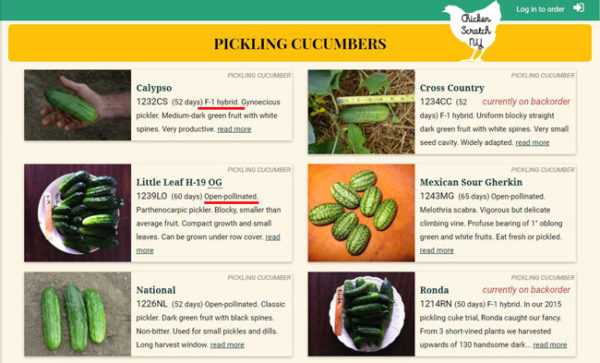
One of the major advantages of hybrid plants is their increased vigor. Hybrid plants often exhibit enhanced growth compared to their non-hybrid counterparts. This increased vigor can result in stronger and more productive plants, allowing gardeners to enjoy higher yields.
2. Disease Resistance
Another significant advantage of hybrid plants is their increased resistance to diseases. The breeding process of hybridization aims to combine disease-resistant traits from different parent plants. As a result, hybrid plants are often more resilient and can better withstand common diseases that can devastate non-hybrid plants.
3. Improved Yield
Hybrid plants are bred to maximize their yield potential. These plants can produce higher quantities of fruits, vegetables, or flowers compared to non-hybrid plants. Improved yield is an important factor for gardeners who are looking to grow and harvest an abundant crop.
4. Uniformity
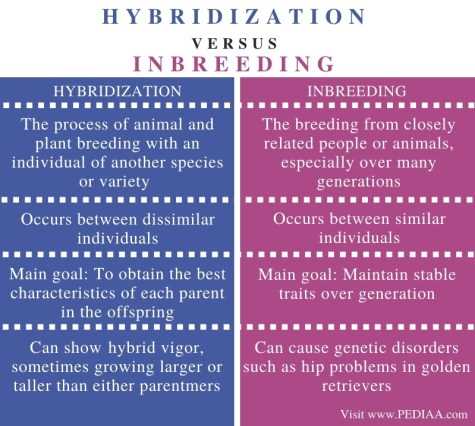
Hybrid plants are usually more uniform in their characteristics compared to non-hybrid plants. This uniformity can be beneficial for gardeners who prefer a consistent appearance or size in their plants. It can also make planning and arranging the garden layout easier, as the plants will have similar growth habits and appearances.
5. Extended Shelf Life
Some hybrid plants are specifically developed to have an extended shelf life. These plants are bred to withstand transportation and storage better, allowing them to stay fresh for longer periods. This can be advantageous for gardeners who want to sell or share their produce or flowers.
Overall, hybrid plants offer numerous advantages for gardeners, including increased vigor, disease resistance, improved yield, uniformity, and extended shelf life. Consider incorporating hybrid plants into your garden to enjoy their many benefits.
Growing Hybrid Plants – Tips and Techniques
Hybrid plants offer many advantages for gardeners looking to optimize their plant growth and yield. Here are some tips and techniques to help you successfully grow hybrid plants:
1. Understand the Basics
Before getting started with hybrid plants, it’s important to understand what they are. Hybrid plants are created by cross-pollinating two different varieties or species of plants with desirable traits. This cross-breeding results in offspring that exhibit the best characteristics of both parents.
2. Choose Quality Seeds
When selecting hybrid plant seeds, make sure to choose high-quality seeds from reputable suppliers. Look for seeds that are labeled as F1 hybrids, as these are the first-generation offspring of the cross-breeding and tend to have the most desirable traits.
3. Provide the Right Growing Conditions
Hybrid plants, like any other plants, require the right growing conditions to thrive. Make sure to provide them with adequate sunlight, well-draining soil, and regular watering. Additionally, some hybrid plants may have specific temperature or humidity requirements, so be sure to research the optimal growing conditions for your specific hybrid variety.
4. Practice Proper Plant Care
Regular plant care is essential for the success of hybrid plants. This includes regular pruning, fertilizing, and pest control. Monitor your plants for any signs of pests or diseases and take appropriate measures to prevent or control them.
5. Support Your Plants
Some hybrid plants, especially those that produce larger fruits or flowers, may require additional support to prevent them from bending or breaking. Use stakes, trellises, or cages to support and train your plants as they grow.
6. Be Mindful of Pollination
When growing hybrid plants, it’s important to keep in mind that they may not reproduce true to their hybrid form through seed. This is because the second-generation offspring, produced through natural pollination, may exhibit traits that are different from the parent hybrid. To maintain the desired traits, it’s best to purchase new hybrid seeds each growing season.
By following these tips and techniques, you can have a successful experience growing hybrid plants in your garden. Enjoy the benefits of their improved traits and yield, and experiment with different varieties to find the ones that best suit your gardening needs.
The Benefits of Varieties for Gardening
Gardening is a popular hobby that offers many benefits, including the satisfaction of growing your own food and the opportunity to create a beautiful outdoor space. When it comes to choosing what to grow, there are two main options: hybrids and varieties.
While hybrids are often praised for their disease resistance and uniformity, varieties also offer numerous advantages for gardeners. Here are some of the benefits of growing varieties:
- Greater diversity: Varieties come in a wide range of shapes, sizes, flavors, and colors. This allows gardeners to experiment with different varieties and enjoy a greater diversity of produce. It can also make gardening more interesting and enjoyable.
- Unique flavors: Varieties often have unique flavors that can’t be found in hybrids. Whether it’s a sweet and juicy tomato or a spicy pepper, growing varieties allows you to experience a wider range of tastes in your garden.
- Adaptability: Varieties are often more adaptable to different growing conditions than hybrids. This means they can be grown successfully in a wider range of climates and soil types, making them a great choice for gardeners with less than ideal growing conditions.
- Saving seeds: Unlike hybrids, many varieties produce seeds that can be saved and replanted in future seasons. This can save gardeners money on seed purchases and allow them to cultivate their own unique varieties over time.
In conclusion, while hybrids have their advantages, there are many benefits to growing varieties in your garden. From the greater diversity and unique flavors to the adaptability and ability to save seeds, varieties offer a world of possibilities for gardeners.
Selecting the Right Varieties for Your Garden
When it comes to gardening, selecting the right varieties of plants is crucial for a successful harvest. The right varieties will depend on factors such as your climate, soil type, available space, and personal preferences. Here are some tips on how to choose the best varieties for your garden:
1. Consider Your Climate
Before selecting any plant variety, it is important to consider your local climate. Some plants thrive in cool climates, while others prefer warmer temperatures. Do some research on the average temperatures, frost dates, and rainfall patterns in your area to determine which plant varieties will be most suitable.
2. Evaluate your Soil Type
The type and quality of your soil can have a significant impact on plant growth. Some plants prefer sandy soil, while others thrive in loamy or clayey soil. Conduct a soil test to determine its pH level and composition, and then choose plant varieties that are known to do well in similar soil conditions.
3. Determine Available Space
The amount of space you have in your garden will also play a role in selecting plant varieties. If you have a small garden or plan to grow plants in containers, look for compact or dwarf varieties that won’t take up too much space. On the other hand, if you have a larger space, you can consider growing sprawling or trailing varieties.
4. Consider Your Personal Preferences
Your personal preferences and tastes should also be taken into account when selecting plant varieties. Think about the colors, flavors, and scents that you enjoy and look for varieties that match your preferences. For example, if you love tomatoes, you can choose from a wide variety of different colored and flavored tomato varieties.
5. Seek Recommendations and Read Reviews
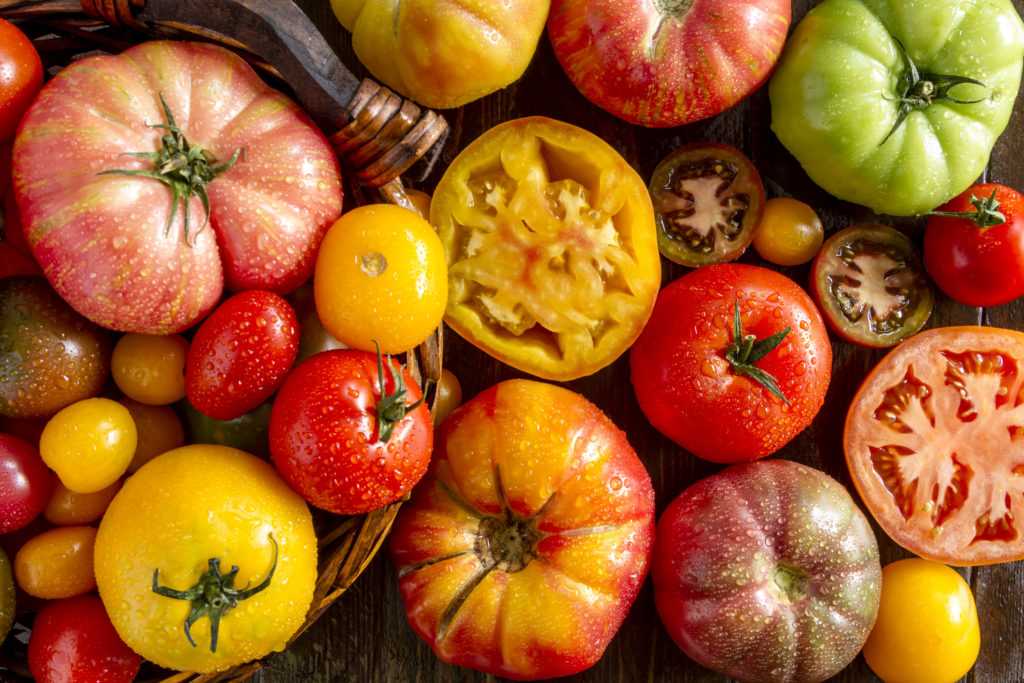
Don’t be afraid to seek recommendations from experienced gardeners or read reviews online. Other gardeners can provide valuable insight into which plant varieties have performed well for them, especially if they have similar growing conditions to yours. Online reviews can also give you an idea of a variety’s performance and disease resistance.
6. Experiment and Have Fun
Gardening is a creative and experimental process, so don’t be afraid to try new and unusual plant varieties. It can be exciting to discover new flavors, colors, or growth habits in your garden. Remember to keep notes on your plant varieties’ performance each season, so you can adjust your selection in the future based on your preferences.
By considering your climate, soil type, available space, personal preferences, seeking recommendations, and experimenting, you can choose the right plant varieties for your garden. Happy gardening!
Hybrids vs. Varieties – Which is Right for You?
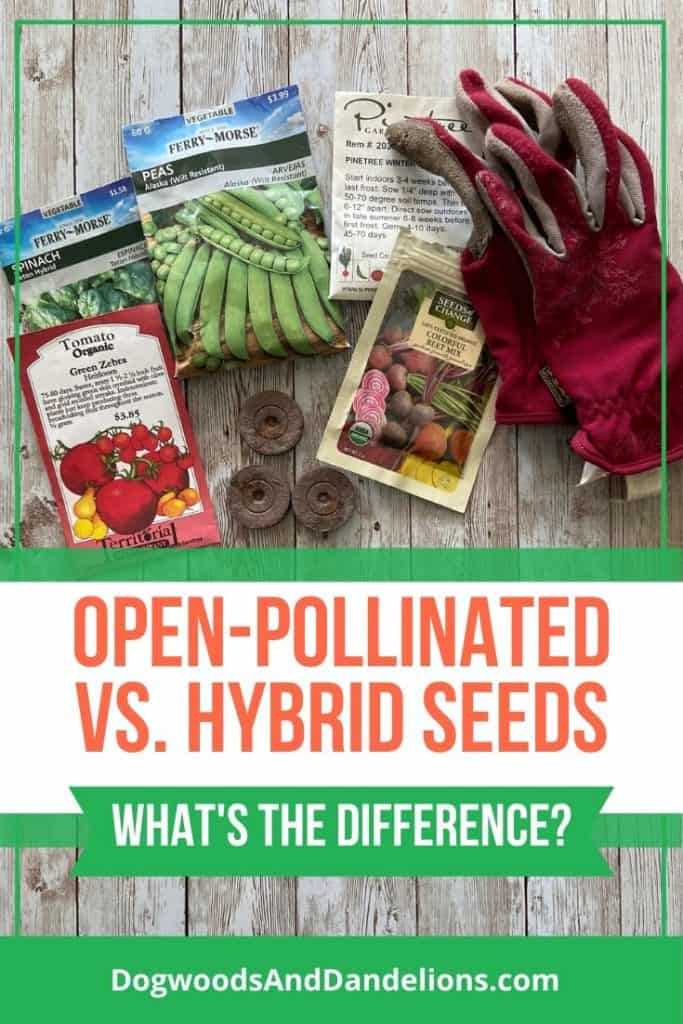
When it comes to deciding on the plants to grow in your garden or farm, you often have the choice between hybrids and varieties. Both options have their own advantages and considerations to keep in mind. Understanding the difference between hybrids and varieties can help you make an informed decision based on your needs and preferences.
Hybrids
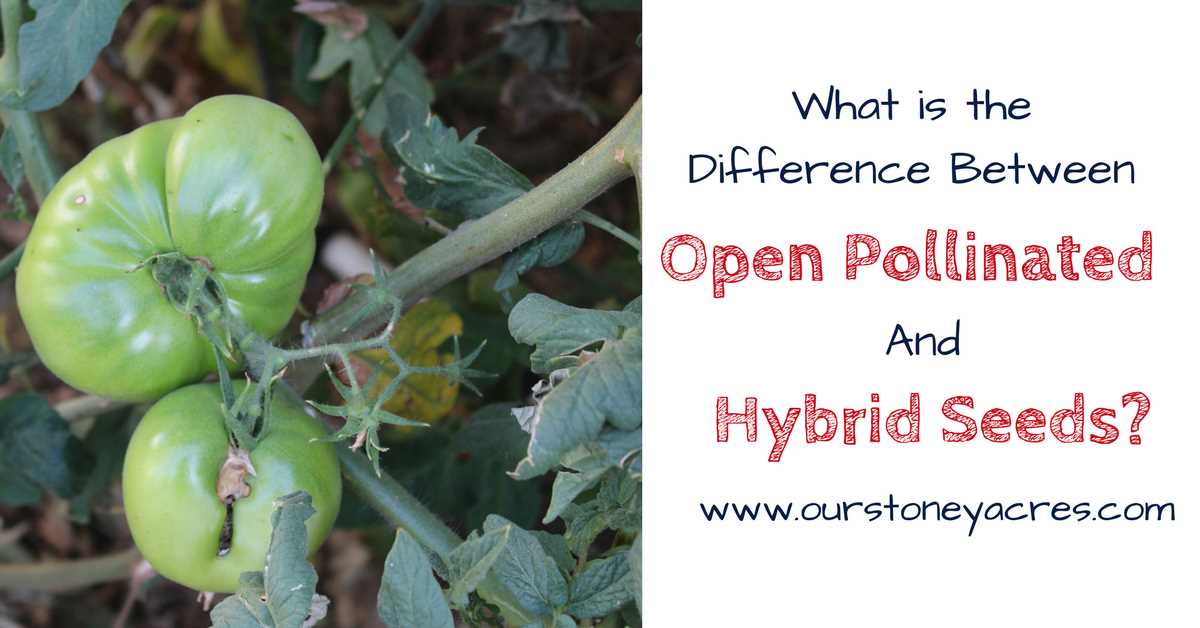
Hybrids are created by cross-breeding two different plant varieties. This process combines the desired traits of both parent plants, such as disease resistance, higher yield, or specific flavor characteristics. The result is a plant that exhibits the best qualities of both parents. Hybrids are typically created through controlled pollination, either by hand or with the help of insects or wind.
One of the main advantages of hybrids is their uniformity. Since they are the result of controlled breeding, hybrids tend to have more predictable traits and performance. This can be advantageous if you have specific requirements or if you are growing crops for commercial purposes. Hybrids are often developed to be disease-resistant, which can help increase the overall yield and reduce losses due to pests and diseases.
However, hybrid seeds cannot be saved and replanted with the same results. The offspring of hybrid plants will not display the same traits as the parent plant. This means that farmers and gardeners need to purchase new hybrid seeds each year, which can be more costly in the long run.
Varieties
Varieties, also known as heirlooms or open-pollinated plants, are the result of natural or human-driven selection. They have been cultivated for generations and have retained their traits through breeding techniques that do not involve cross-breeding. Varieties often have a history and heritage associated with them, making them popular among gardeners interested in preserving traditional plant species.
One of the main advantages of varieties is their ability to be saved and replanted. Farmers and gardeners can save seeds from their plants and use them for future plantings. This can be a cost-effective option over time since seeds don’t need to be continuously purchased.
However, varieties can be more variable in their traits and performance compared to hybrids. There is a greater chance of variation among plants within the same variety. Additionally, some varieties may be more susceptible to diseases or pests, which can lead to decreased yields. However, many gardeners appreciate the unique characteristics and flavors that varieties can offer.
Conclusion
Deciding between hybrids and varieties ultimately depends on your specific needs and preferences. If you are looking for uniformity and specific traits, hybrids may be the right choice for you. On the other hand, if you value the ability to save seeds and the unique characteristics of traditional plant varieties, then varieties may be a better fit. Consider factors such as upfront costs, desired traits, and long-term sustainability when making your decision. Whichever option you choose, both hybrids and varieties can provide a diverse and rewarding garden or farm.
“Question-Answer”
What are hybrids and varieties?
Hybrids are plants that are created by crossing two different parent plants, while varieties are plants that have naturally developed distinct characteristics from their parent plants.
What are the advantages of growing hybrids?
Hybrids often have superior traits such as disease resistance, higher yield, and better flavor. They are also more predictable in terms of growth and performance.
What are the advantages of growing varieties?
Varieties have adapted specifically to certain environments and can be better suited for specific growing conditions. They also often have unique flavors and characteristics.
Can varieties be resistant to diseases?
Yes, varieties can naturally develop resistance to certain diseases over time due to the process of natural selection.
Are hybrids genetically modified organisms (GMOs)?
No, hybrids are not considered GMOs. They are the result of crossbreeding two different but related plants, while GMOs involve the insertion of foreign genes into a plant’s genome.
Which is better to grow, hybrids or varieties?
The choice between hybrids and varieties depends on various factors such as your specific gardening goals, growing conditions, and personal preferences. It is best to consider the specific characteristics and traits of each option before making a decision.
Can hybrids and varieties cross-pollinate with each other?
In some cases, hybrids and varieties can cross-pollinate with each other, but the resulting offspring may not have the desired traits of the original hybrid. It is usually best to keep hybrids and varieties separate to maintain their specific qualities.







